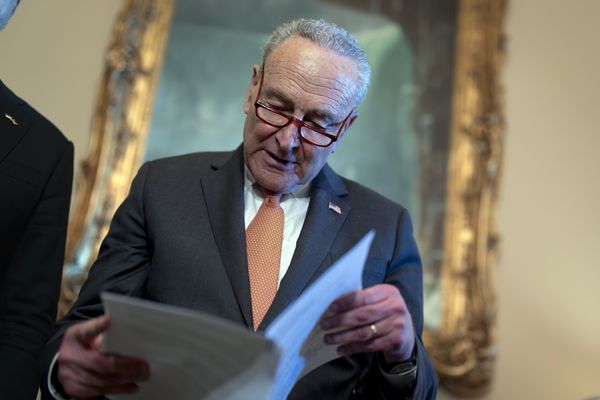
In this nascent ecosystem, India was fast emerging as a global front-runner, with its deep pools of technical talent, a dynamic startup ecosystem and a government that was pursuing a digital revolution on a war-footing. According to a 2022 Nasscom report, 11% of the world’s Web3 workers are in India, with a remarkable 138% rise in blockchain and crypto-related jobs since 2018.World-class crypto-products were being developed here. Those exciting days have since come to an early end, partly because crypto exuberance was punctured by a series of scams, but also because our regulatory responses made it untenable. This was exacerbated by friendlier policies in other countries causing a brain-drain and cross-border diversion of investments.
At the start of 2022, India’s government was looking to take a cautious approach to the crypto ecosystem. Instead of fashioning a regulatory framework for investments in VDAs with appropriate guard-rails for the protection of investors, it chose to impose a heavy tax burden on crypto transactions.
On 1 February 2022, the government announced two new taxes: the first was a flat 30% tax on any gains from crypto transactions that could not be set off against losses in other crypto transactions; the second was a 1% TDS, effective 1 July 2022, on any transaction over ₹10,000. These measures were disproportionate to the tax regime for other asset classes, like mutual funds and shares, for which the equivalent tax is 15% and a set-off against losses is allowed. These moves were meant to disincentivize people from speculating on crypto assets, while giving the government a mechanism to monitor transactions. But they also delivered a critical blow to the Indian crypto ecosystem, with domestic crypto exchanges faced with decimation as their Indian users shifted to foreign exchanges to avoid scrutiny.
While investors needed to be protected from poorly-managed products and occasionally also outright fraud, the government’s tax policy instead of regulation and investor education had an adverse impact on India’s entire VDA ecosystem. While Indian VDA exchanges are strengthening systems and processes by introducing KYC norms, educating investors and even resorting to audits to publish proof of reserves, with such a regressive tax structure, there is no way of knowing precisely how effective these self-imposed regulatory measures will be.
How did Indian investors react to the new policy? Evidence suggests that instead of exercising greater caution in trades, many migrated to offshore VDA exchanges that were seen to be shielded from the scanners of revenue officials. As a result, they are now at the mercy of foreign regulatory systems. An estimated half a million Indian investors were impacted by the FTX crash. Regulators like Japan’s Financial Services Agency are working on ring-fencing Japanese investors from the FTX fallout. India, however, by starving local VDA exchanges, has lost space to manoeuvre.
Recent experience exposes the fact that by not bringing out regulation to treat crypto as an asset class for investment and instead imposing a disproportionately heavy tax regime, Indian VDA exchanges have lost out, potential new use cases for blockchain being developed have been discouraged, and most importantly, India faces the risk of losing out on a fast-rising Web 3.0 market as investments shift to other destinations.
Indian policymakers and the Reserve Bank of India have taken the stance that VDAs offer no inherent value. While this can be debated endlessly, there is still increasing demand for such assets. The purpose of regulation is to protect investors and not just punish bad investment products.
Despite 2022 being a year of crypto disasters and clean up, it is unlikely that investments in this space will cease entirely. The responsibility of Indian financial regulation, therefore, is to ensure that future investments are guided responsibly and bad outcomes are managed.
While India tries to create a global consensus around VDA regulation, investments must be brought back to Indian exchanges, where they can be monitored effectively. To do so, our hostile taxation regime for cryptocurrencies must be rationalized and brought at par with other asset classes. Regulation should also streamline how crypto exchanges adhere to KYC and anti-money laundering principles, and ask them to publish proof of reserves. This ecosystem needs logical taxation and sensible rules.
Aruna Sharma is a practitioner development economist and former secretary, Government of India.







